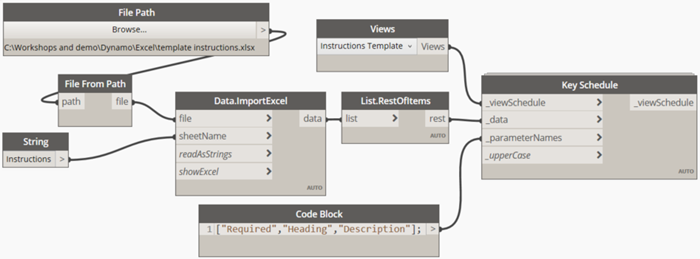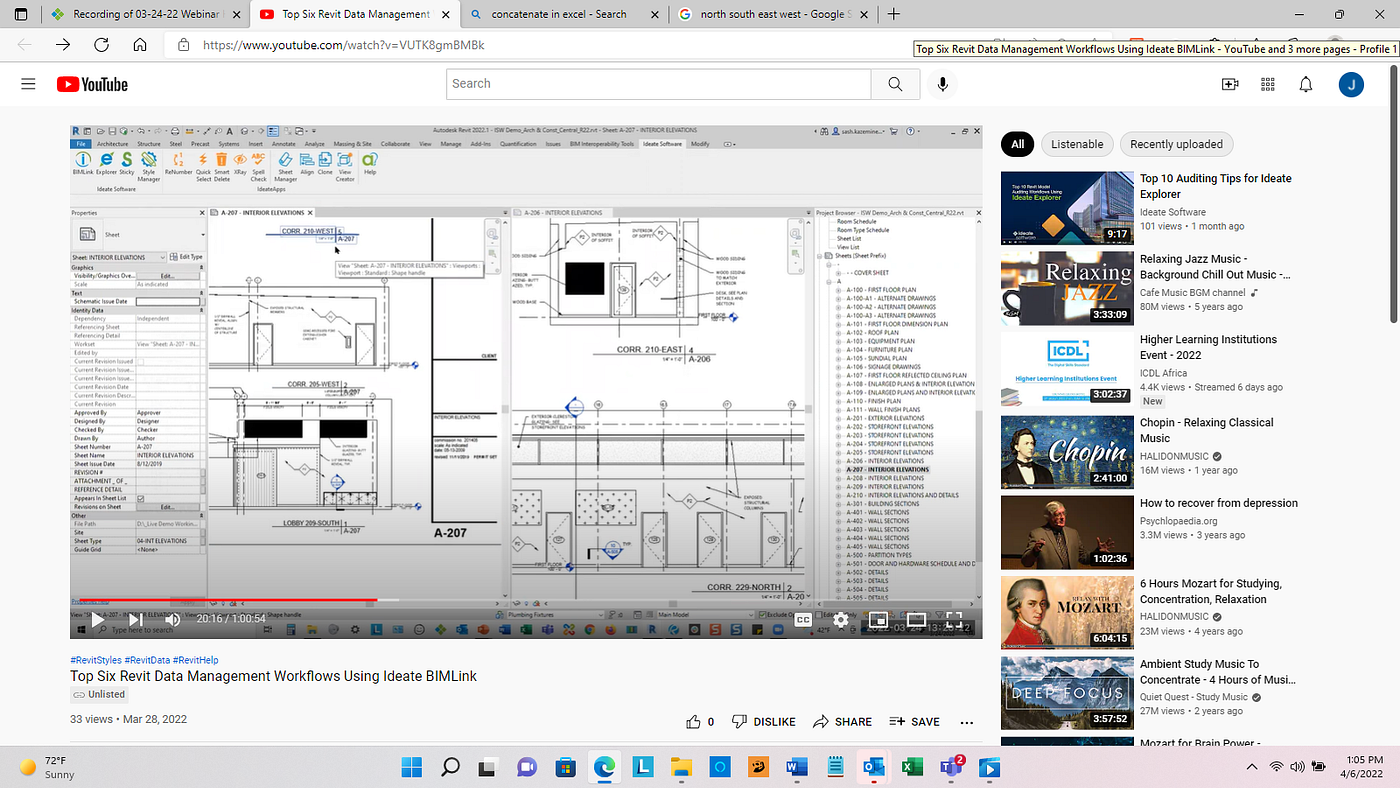Boost Your Workflow with Powerful Revit Add Ins
Wiki Article
Revit Accelerator: Excel Integration Strategies for Improving Efficiency and Partnership
In this post, we will certainly discover the advantages of integrating Excel into your Revit process. And also, we will certainly share ideal methods for seamlessly integrating Excel right into your Revit tasks. Get ready to supercharge your Revit experience with our Revit Accelerator: Excel Assimilation Approaches!Advantages of Excel Integration in Revit
The advantages of Excel assimilation in Revit are many and can significantly enhance efficiency and collaboration. By effortlessly linking these 2 effective devices, you can improve your workflow and conserve important time. With Excel integration, you can easily import and export data in between Revit and Excel, allowing you to utilize the strengths of both programs.
An additional benefit of Excel combination is the capability to produce dynamic routines and reports. By connecting your Revit version to an Excel spreadsheet, any adjustments made in Revit will instantly update in the matching Excel documents. This makes it easy to produce up-to-date schedules, quantity departures, and other job documentation.
Excel integration in Revit also makes it possible for much better cooperation among employee. With the ability to import and export information, you can easily share info with associates that may not have access to Revit. This promotes effective interaction and permits far better coordination and decision-making.
Enhancing Operations With Revit and Excel
Simplifying workflows with Revit and Excel can considerably boost effectiveness and cooperation. By combining the abilities of Revit and Excel, you can effortlessly transfer data in between the 2 applications, getting rid of the requirement for hands-on data entrance and reducing the danger of mistakes.
Making Use Of Revit and Excel with each other permits you to utilize the toughness of each program - import excel into revit. You can export data from Revit right into Excel, where you can carry out complex calculations, create charts and graphes, and evaluate the info in a much more reliable and well organized way. On the other hand, you can import information from Excel right into Revit, enabling you to quickly update your designs and documents based upon modifications made in Excel
The integration of Revit and Excel also promotes collaboration amongst staff member. By sharing Excel files, you can easily interact and work together on design and construction-related data. This improves control and makes certain that everybody is working with one of the most current details.
Optimizing Partnership With Excel and Revit
To make the most of collaboration with Excel and Revit, you can flawlessly upgrade and share layout and construction-related data with your group. With just a couple of clicks, you can import Excel spread sheets right into your Revit version, enabling you to conveniently accessibility and adjust the data.Among the crucial benefits of utilizing Excel in combination with Revit is the capability to update information in both programs all at once. Any type of adjustments made Full Article in Excel will instantly be reflected in Revit, and the other way around. This makes certain that everybody is working with one of the most up-to-date info, staying clear of complication and saving valuable time.
Additionally, Excel gives effective devices for assessing and arranging information, which can substantially boost your cooperation efforts. You can create customized records and graphes in Excel, aiding you to visualize and connect important task details properly. This can be especially valuable when offering data to stakeholders or making informed decisions based on job metrics.
Advanced Techniques for Improving Efficiency in Revit Using Excel
By making use of innovative strategies in Revit, you can substantially increase your efficiency by leveraging the power of Excel. With Revit's Excel combination feature, you can connect Excel spread sheets directly to my response your Revit version, allowing you to quickly manage and upgrade data.
Additionally, you can utilize Excel macros to automate repetitive jobs in Revit (revit plugins). Macros permit you to record a series of activities and play them back with a solitary click, saving you time and initiative. For example, you can create a macro to automatically generate room routines or upgrade parameter values wholesale.
Ideal Practices for Excel Assimilation in Revit
Using Excel as a data monitoring tool in Revit allows for effective monitoring and upgrading of data. One of the ideal techniques for Excel assimilation in Revit is to produce a clear and organized data framework. By following these best practices, you can properly use Excel as a data administration tool in Revit and improve your productivity and collaboration.Conclusion
In verdict, incorporating Excel with Revit can significantly boost performance and partnership in the design process. By leveraging the power get more of Excel, Revit customers can accomplish greater levels of efficiency and partnership in their projects.With Excel integration, you can conveniently import and export data between Revit and Excel, allowing you to leverage the staminas of both programs.
One of the key benefits of Excel integration is the ability to use Excel solutions and features within Revit. By linking your Revit version to an Excel spreadsheet, any kind of adjustments made in Revit will automatically upgrade in the equivalent Excel file. On the various other hand, you can import data from Excel into Revit, enabling you to rapidly upgrade your designs and documentation based on modifications made in Excel.
With Revit's Excel assimilation function, you can connect Excel spread sheets straight to your Revit design, permitting you to quickly handle and update data.
Report this wiki page